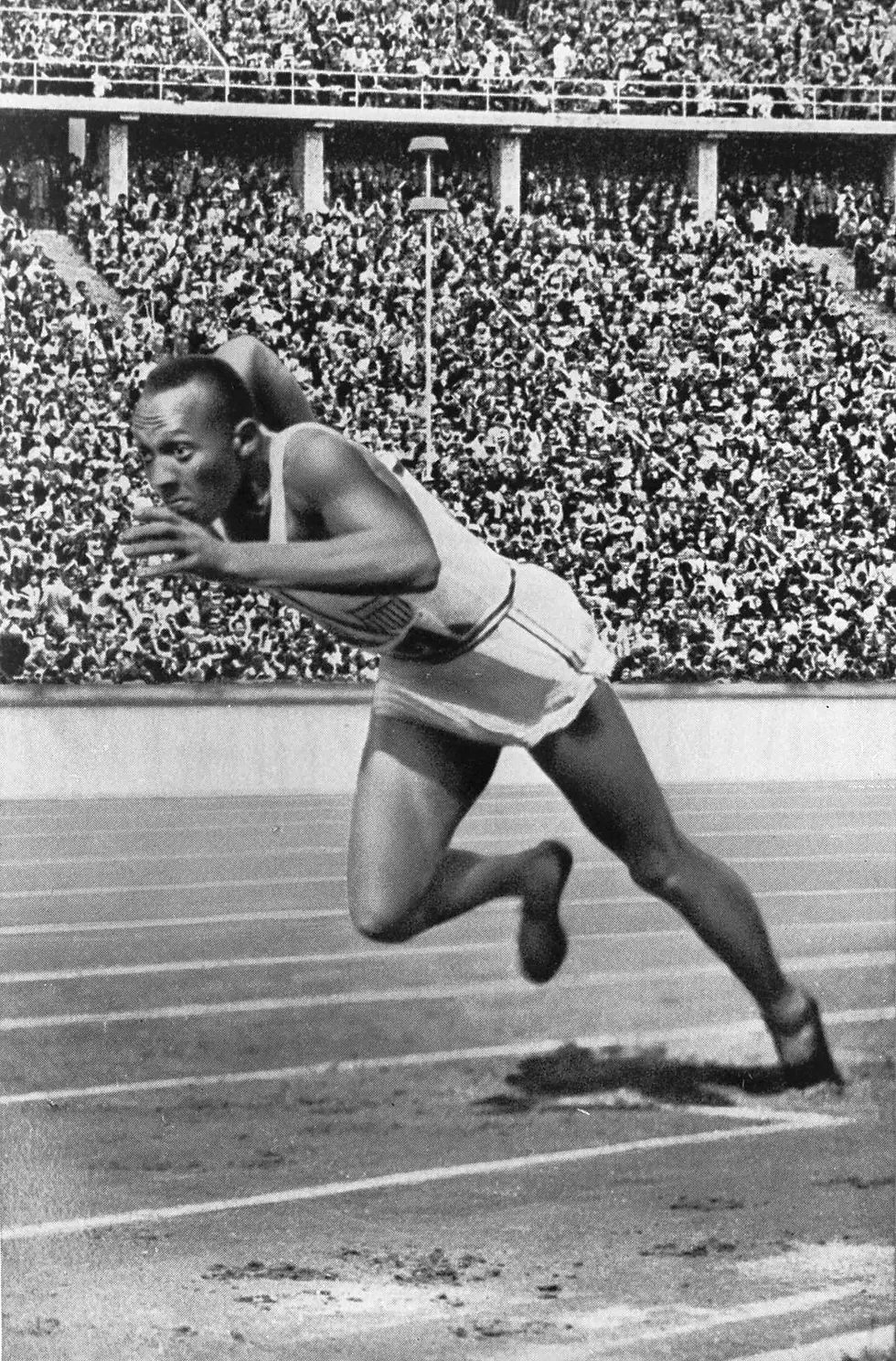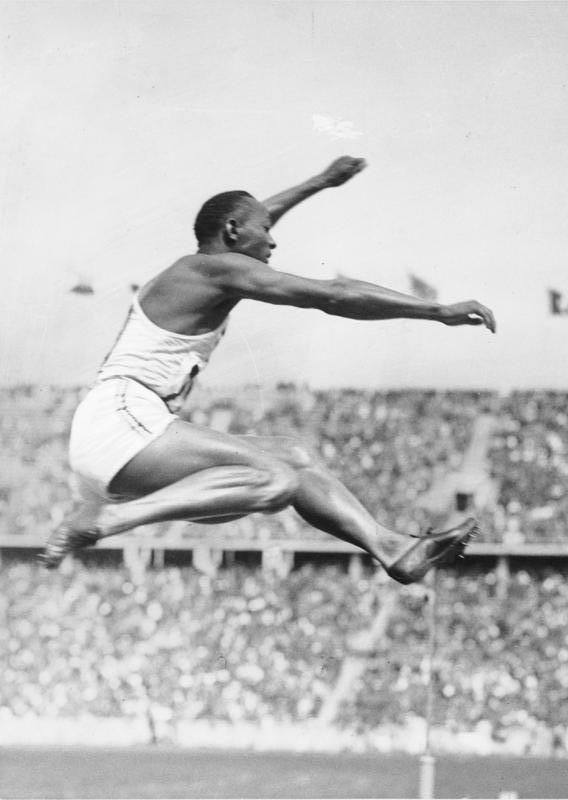Jesse Owens in Berlin: Triumph, Friendship, and the Legacy of Olympic Spirit
- insidetherings
- Aug 12
- 4 min read
Updated: Aug 13
🎖 On August 3, 1936, Jesse Owens stood at the starting line in Berlin’s Olympic Stadium. Seconds later, he would cross the finish line as the fastest man in the world. Eighty-nine years later, we still celebrate not only his gold medal in the 100-meter dash, but the spirit with which he competed—and the lasting friendships he forged on sport’s grandest stage.
A Stage Larger Than Sport
The 1936 Summer Olympics were held in Berlin during a time of rising tension in Europe. The host nation saw the Games as a chance to project its national strength to the world. The stadiums were massive, the ceremonies breathtaking, the media coverage unlike anything before. But for many athletes, including Jesse Owens, the competition remained pure: a test of preparation, poise, and purpose.

Owens, a 22-year-old from Ohio State University, entered the Games as one of the most anticipated athletes in track and field. He didn’t disappoint.
August 3: A Golden Start
On that August 3rd afternoon, Jesse Owens won the 100-meter final in 10.3 seconds—a
blazing time on the cinder tracks of the era. That victory would be the first of four gold medals he claimed during the Berlin Games.
Over the following week, Owens triumphed in the long jump, 200 meters, and 4x100-meter relay. No athlete in Olympic history had ever won four gold medals at a single Games in that combination of sprint and field events.
His victories weren’t just about speed—they were about precision, mental discipline, and executing under pressure. At a time when technology was minimal and conditions imperfect, Owens performed with flawless consistency.
Luz Long: Rivals, Then Friends
The long jump became one of the most memorable events of Owens’ career—not just for the gold medal, but for the friendship that blossomed.

Carl Ludwig “Luz” Long, the tall, charismatic German long jumper, was expected to challenge Owens for the title. But during qualifying, Owens fouled twice. He was one misstep from elimination.
Long approached Owens and offered calm advice: adjust your mark to take off safely. Owens listened. He qualified. Then he soared.
In the final, Owens and Long pushed each other to excellence. Owens won with a leap of 8.06 meters; Long took silver. But it was what happened after the competition that captured hearts: Long walked over, shook Owens’ hand, and the two left the field side by side.
📷 "It took a lot of courage for him to befriend me in front of his home crowd," Owens later said. "That meant more than the medal."
The friendship lasted beyond Berlin. They exchanged letters for years, and although Long died in WWII in Sicily, Owens later traveled to Germany to meet Long’s family. Their bond became a symbol of Olympic unity—athletes from different nations and ideologies connecting through shared respect.
Olympic Glory, Humble Spirit
Owens’ success was no accident. He trained with intense focus. He studied the nuances of his start, his stride, his landing. And he carried himself with grace, humility, and a deep love for competition.
He never celebrated at the expense of others. He never pointed fingers or made excuses. Even when pressure surrounded him—on the track, in the media, or in crowded ceremonies—Owens remained composed and generous.
In a Games full of grandeur, Owens’ humility made him unforgettable.
More Than Medals
Jesse Owens’ performance in Berlin didn’t just add four medals to the U.S. tally. It added meaning to the Olympics themselves. His achievements proved that greatness comes from preparation and heart—not from background, politics, or circumstance.

His legacy has inspired generations of Olympians and fans. From coaches using his story to teach perseverance, to athletes watching old footage of his effortless stride, Owens remains a guidepost for how to compete—and how to lead.
In 1984, a street outside the Los Angeles Coliseum was named in his honor. In 1990, Congress awarded him a posthumous Gold Medal for his contributions to American life. But perhaps the most lasting tribute is the memory of a man who never let the size of the stage change the size of his spirit.

89 Years Later: Why It Still Matters
Inside the Rings commemorates the 89th anniversary of Jesse Owens’ 100-meter gold as more than a footnote in history. It’s a reminder of what the Olympic Movement stands for: excellence, respect, and friendship.
Owens competed in one of the most high-pressure environments in Olympic history. He did not flinch. He did not boast. He simply ran—and inspired the world.
His story is not just a tale of speed, but of character.
For the Next Generation
📩 Subscribe to the Inside the Rings newsletter to receive more behind-the-scenes Olympic stories, athlete profiles, and legacy spotlights.




Comments